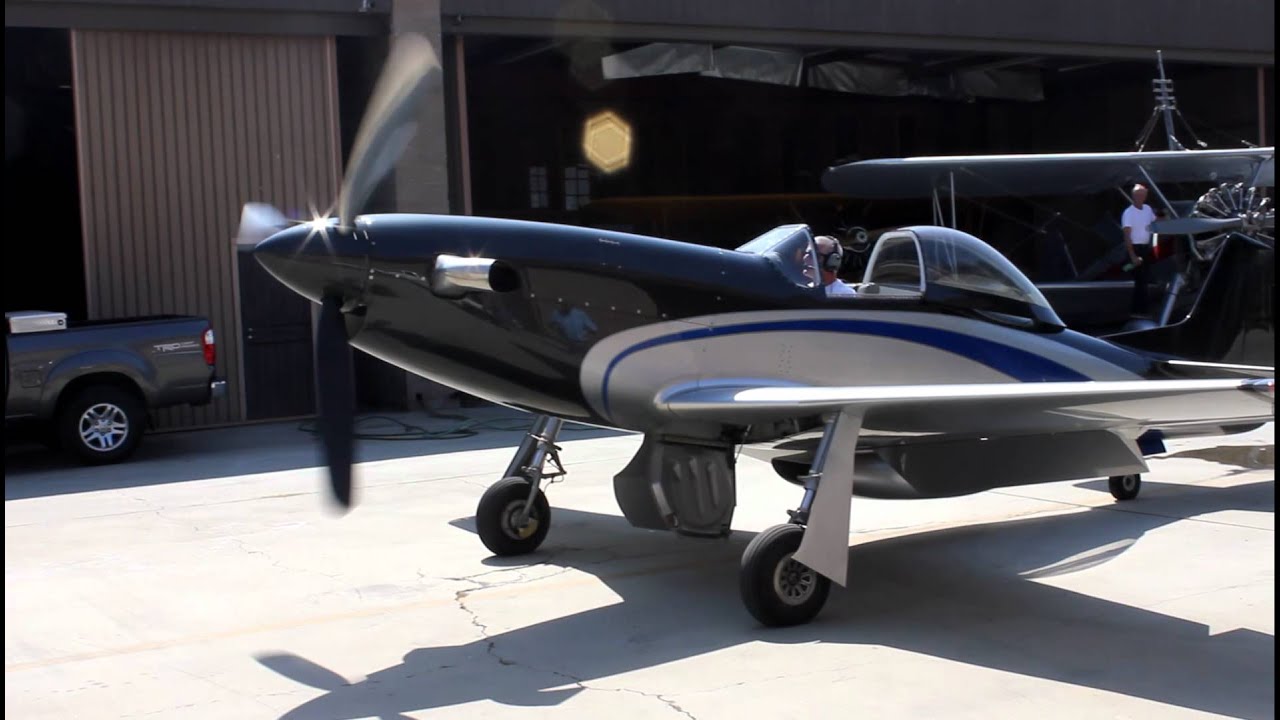At this point I've got probably about 70 hours in Cheyenne IIs. The difference between the I and the II is really just in the engines, and then the II also has the S.A.S. (AOA combined with a stick pusher). Personally I think the Cheyennes are a great entry level turboprop. Decent ones can be had in the low $300s (a friend of mine is currently selling his). Performance and economy isn't bad. PT-6s are easy and forgiving... almost impossible to hot start. Plus the plane is essentially a Navajo, which is a super easy to fly airplane. I don't worry about PT-6s past TBO. I don't see people having issues. Technically MORE is not required to go past TBO on Part 91, but MORE does eliminate the hot section requirement and turns that into some borescope inspections and then hot section on condition from what I understand. Since I operate Garrets I haven't investigated MORE a ton. I really enjoyed flying the Cheyenne... depending on the condition of the engines on the specific plane and altitude you can generally see something in the range of 240-250 KTAS on 360-500 PPH combined. Higher is better. We generally called it a $1k/hr aircraft for accounting purposes (i.e. what we charged) but on the whole I think it's less than that. The real problem with Cheyennes is they are effectively unsupported by Piper. Cheyenne Air in PA is the only shop in the country that can produce many of the parts. That's not a problem until it is, and one of my friends who has a Cheyenne has had pretty bad experiences with them. But another friend with a Cheyenne says they're great, so it probably depends on your relationship status with them and expectations.
King Airs... stay away. The calendar based requirements are killer unless you fly a lot. And you won't fly enough for the inspections to be logical.
Commanders can be options,
@stratobee knows a lot more about those than I do. Real problem with a Commander is that you need a BIG hangar to fit one. A Cheyenne can fit into the same hangar as a Navajo. I also fit in the MU-2 into the same hangar as we had the 414 in. We also figured ~$1k/hr for the 690 that I flew.
@James_Dean can talk about Conquests, but I think their costs are more or less in line with Cheyennes. $800/hr is probably what I'd ballpark.
An earlier MU-2, specifically an F model like what Cloud Nine has, is going to be the cheapest. 235-260 KTAS on 52-60 GPH combined are my real world numbers, depending on temperature, altitude, and weight. We came home from NJ to KC non-stop on Sunday with a headwind that started out at around 30 kts and died down to about 5 by the end. Nearly 1,000 nm in 4:15. We burned 270 gallons to do that at FL200, which is not the most efficient altitude. In the high temps (ISA+20 or so) we started out at about 241 KTAS and by the end were truing out a hair over 260 KTAS on 60 GPH combined the whole way. If we'd operated at FL240 (ceiling is FL250 on that bird) we would've saved some fuel but the door seals are in bad shape so cabin altitude is a consideration. The later MU-2s with bigger engines (and especially the long bodies that are less efficient) will cost more but reported costs are still reasonable.
From every MU-2 owner I've talked to, all-in numbers are typically around $650/hr, which is in line with what you spend on a 414/421 but you go a lot faster doing it, so your $/mile is cheaper. Most people coming into the MU-2 world buy it as their first turboprop and many come in without any previous turbine experience. I had 100 hours of turbine time when we got it, plus my ~2400 hours of multi time (including 350 pressurized and 500 cabin class) so all the insurance required from me for dual was the training. In my opinion it is an honest airplane but it doesn't fly like a normal plane so it takes getting used to its various differences. I was comfortable doing my SFAR (now 91 Subpart N) training and then getting cut loose, but for someone coming in with less background the 50-100 hours of mentor time that is recommended by the community I think is reasonable. I've got 70 hours in the plane and I am comfortable with it, but I'll admit that the non-precision GPS approach to mins I did in NJ on Sunday was a workout.
Commanders and MU-2s have the best support out of the above. Cessna's support on legacy twins in my experience is poor at best, and while Piper has more of a "meh" attitude, their support isn't great.
Count me as a fan of the MU-2, but I also don't think it's for everyone.


